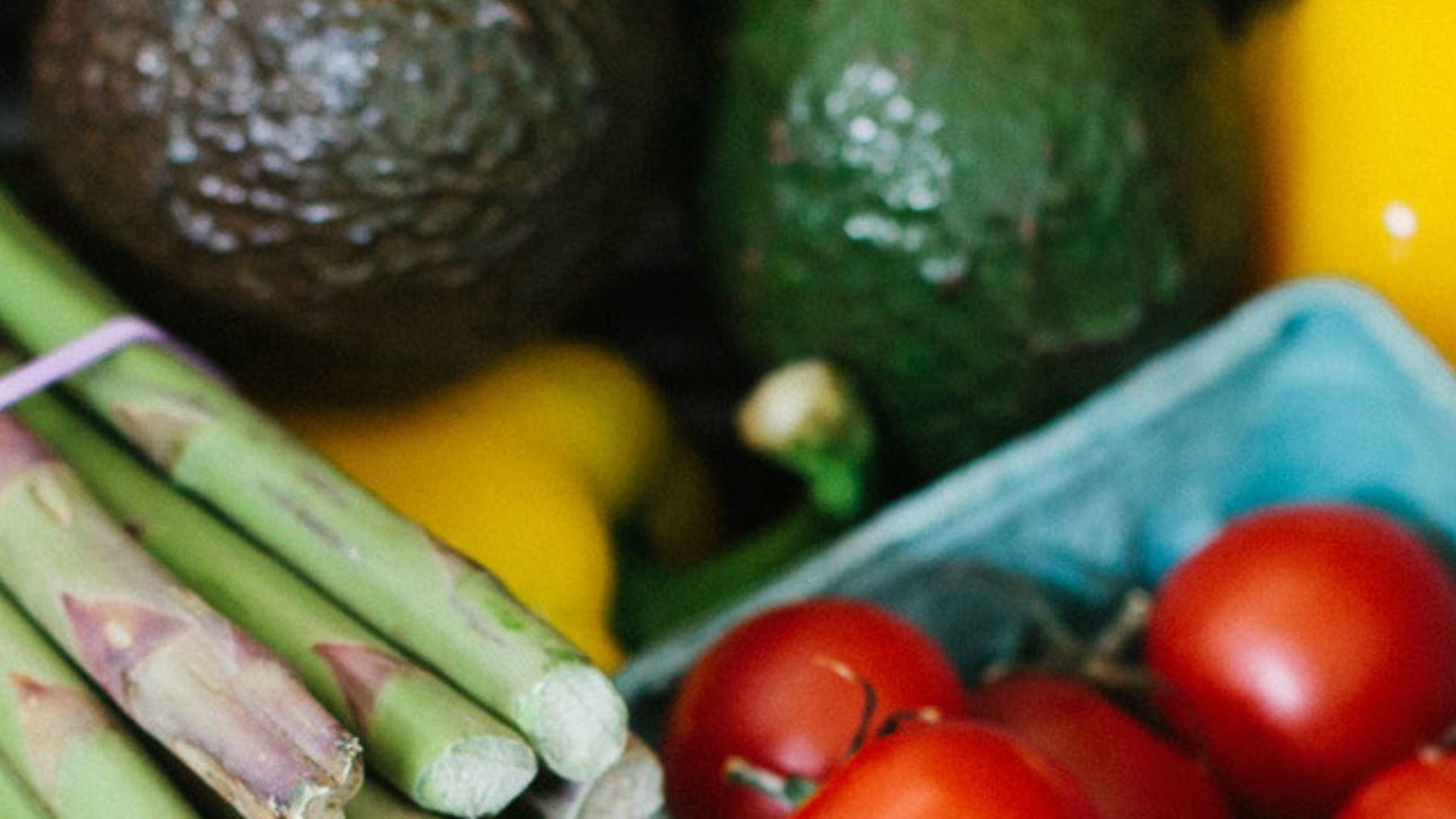5 min|Integrative
Blood Sugar Imbalances Part 2: Breaking The Cycle
Wellness, Nutrition, Health, Gut HealthBe The Master of Your Blood Sugar
In Part I, we learned how what we eat affects our blood sugar - for better, or worse - and how unstable blood sugar can sabotage weight loss, energy, and mood. We also learned that many of the ‘healthy’ foods you see in restaurants, grocery stores, and coffee shops are blood sugar bombs that can derail your health goals.
Read on to discover how to become a master of your blood sugar and reap the benefits of a balanced blood sugar curve.
Balance out the roller-coaster
When our blood sugar is imbalanced, we can feel out of control. We’re hungry, ruled by cravings, and unable to go more than an hour or two without eating. We see a cookie and can’t resist. We feel like we have to drink coffee all day. We’re moody.
And by the end of the day, we’re exhausted and more inclined to order in, or eat constantly, from the time we get home until we go to bed.
Break the cycle**
We can balance our blood sugar by including protein, fat, and fiber in every. single. meal.
Why? The combination of protein, fat, and fiber provides fuel for our body without spiking our blood sugar; this combination also promotes the balance of other hormones in our body, such as leptin and cholecystokinin, promotes satiety (feeling full), provides antioxidants, vitamins, and minerals, as well as food for the good bacteria in our gut. By eating in this way, we minimize blood sugar fluctuations and improve our body’s response to insulin.
What does it look like?
Nix the counting. No macro measuring required. No points. No need to measure ketones. Three times a day, create a meal that consists of mostly protein, fiber, and fat.
Protein
Chicken, fish, shellfish, eggs, lamb, beef, buffalo, bison, elk and other game meat, turkey, duck, whey protein powder*, collagen protein powder*, pea protein powder*
Fiber
Chia seeds, flax seeds, hemp hearts, leafy greens (kale, arugula, collard greens, boy chop, spinach, cabbage, etc), broccoli, asparagus, cauliflower, squash, zucchini, onion, garlic, parsnips, radish, cucumber, peppers, carrots, the list goes on and on and on…
Fat
MCT oil, coconut oil, olive oil, avocado oil, nut butters*, seed butters*, coconut milk*, avocado, olives, Primal kitchen salad dressings, Primal kitchen mayonnaise, coconut yogurt* (check out Yoggu - a local favorite!)

But what about fruit? Bread? Beans? Rice? Pasta? Tortillas? Granola? Oats? Potatoes? etc. etc! Unfortunately, fruit consists mostly of fructose, a molecule that is metabolized almost exclusively by the liver, resulting in triglycerides, which as we know (Blood Sugar Imbalances Part I: The Effects On The Body) are stored as fat. Eep!
Other carbohydrates, like breads, pasta, beans, rice, granola, and cereals? These foods all break down into glucose, leading to a spike in blood sugar. If our liver is ‘full’ and our muscles can’t use the glucose, it will be stored as fat (Blood Sugar Imbalances Part I: The Effects On The Body). It’s best to keep consumption of these foods to a minimum - 1/4 - 1/2 c. of fruit/day, and 1/4-1/2 c. of either legumes or grains/day***.
Some of us can tolerate more, but if you find yourself having a cup of white rice, or two slices of bread at lunch and feeling tired, hungry, and grumpy by 3pm, or starving by 10am following a mostly-fruit smoothie, your blood sugar is unstable. Some of us may not be able to tolerate fruit and grains in the same day; some experimentation will be required to determine how your blood sugar responses.
But as a rule of thumb - focus solely on protein, fiber, and fat at each meal, and eat enough to last 4-5 hours between meals. Still finding that you are a bit hungry? Increase your fat, or increase the quantity and variety of fiber sources, and see if that can help carry you between meals without hunger or energy crashes.
Takeaway
Understanding your blood sugar response, and eating in a way that supports blood sugar stability can be helpful for a variety of health conditions, as well as improving mood, energy, and body composition. However, you may find you need further support when it comes to portion sizes, food sensitivities, hormone balancing, or other health considerations.
Are you looking for more support with blood sugar imbalance?
Click here to book your consultation!
*Ensure that any packaged goods you buy are unsweetened, and do not contain artificial flavors or colors
**Don’t worry - the solution is not to simply ‘cut the carbs!’ Yes, this is an option, and sometimes cutting carbs drastically to get your body into ketosis is indicated. But most of us do not need to be this restrictive, and would, in fact, find it very difficult to maintain. Rather, we can take into consideration the type of carbohydrates we are eating, and what we pair with them.
***I alter these recommendations when working with vegan patients. Most vegan protein options, such as beans and lentils, consist of mostly carbohydrates. As a result, I recommend eliminating grains entirely, keeping fruit to 1/4 c. /day, and ensuring they include small amounts of beans, lentils, and/or tofu at each meal. And, as always, include fat and fiber at each meal!
Related Articles

5 min|Dr. Alex Chan
EBOO for Chronic Inflammation: A Natural Approach for Systemic Relief
Regenerative Medicine, EBOO Therapy
5 min|Dr. Alex Chan
EBOO Therapy for Autoimmune Conditions: Exploring the Potential Benefits
Autoimmune Disease, Regenerative Medicine, EBOO Therapy


